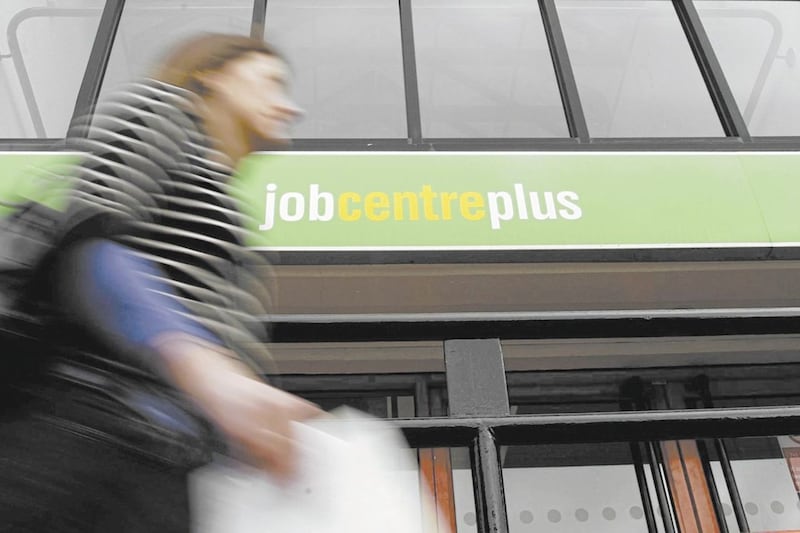THE north's labour market remains in rude health, with the latest official data revealing record performances across the board.
The Labour Force Survey figures covering December to February highlight positivity in relation to unemployment, the number of those in work, and economic inactivity.
The number of people out of work fell by 0.5 per cent over the quarter and 0.4 per cent over the year to a joint-record low of 3 per cent. The figure remains below the UK rate, which stands at 3.9 per cent and well under the level in the Republic (5.3 per cent).
In the latest three-month period an estimated 26,000 people were classed as unemployed – the lowest on record.
The employment rate increased by 1.4 per cent on the previous quarter and 1.8 per cent on the year to the highest reported level of 71.2 per cent.
This was also the first-time in over six-years that Northern Ireland was not ranked bottom comparatively to other UK regions.
Total employment increased by 2.1 per cent to 860,000 – another record figure.
Improvement was also witnessed in relation to the stubbornly high economic inactivity rate, which fell over the quarter (1 per cent) and the year (1.5 per cent) to 26.6 per cent
The labour market picture in the north mirrors that of the rest of the UK, where there is now a record number of people in work and unemployment levels are at their lowest in over 40 years.
Ulster Bank chief economist, Richard Ramsey said the local labour market has started 2019 in a "strong position", but it is important not to read too much into the latest findings.
"The report notes that the recent downward moves in the economic inactivity and unemployment rates are not statistically significant. Clearly unemployment is at extremely low levels, but the latest downward move from 3.5 per cent in the three-months to November 2018 could be due to sampling error," he said.
"The labour market is a lagging indicator of economic activity meaning that the impact from a slowdown / acceleration in output growth is delayed by a few quarters.
"The local economy may be basking in record lows and highs of the positive variety, yet headwinds (e.g. recruitment difficulties, rising cost base for employers, Brexit uncertainty) are mounting and significant economic challenges remain," Mr Ramsey added.
The number of confirmed redundancies (2,357) in the most recent 12 months is almost a quarter (24 per cent) more than in the previous 12 months, while 230 redundancies were recorded in March.








